“It wasn’t too long ago that people would assume you had to trade performance for environmental sensitivity when it came to products in your home,” shares Normandy Designer Laura Barber. “Fortunately, those days are behind us. Smart usage of natural resources has become almost standard, letting style and function return to the center stage in all areas of the home.”
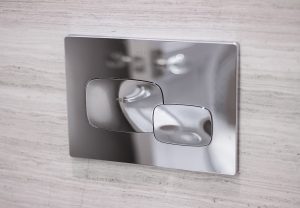 Let’s start by taking a look at water usage. The WaterSense label is a distinction made by the EPA that indicates a fixture meets the required flow rates of water. “WaterSense fixtures are required by many towns and villages, and the good news is that manufacturers have virtually perfected the use of more modest levels of water without consequence,” notes Laura. Gone are the days of the low-flow toilets that took multiple flushes to get the job done. Today’s toilets use a fraction of the water that their predecessors did, and often do the job even better.
Let’s start by taking a look at water usage. The WaterSense label is a distinction made by the EPA that indicates a fixture meets the required flow rates of water. “WaterSense fixtures are required by many towns and villages, and the good news is that manufacturers have virtually perfected the use of more modest levels of water without consequence,” notes Laura. Gone are the days of the low-flow toilets that took multiple flushes to get the job done. Today’s toilets use a fraction of the water that their predecessors did, and often do the job even better.
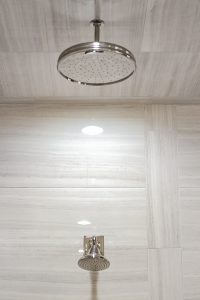 Shower heads are another place that people are reluctant to opt for a lower water usage option, but the plumbing manufacturers have a few tricks up their sleeves. “Effectively they’ve found a way to inject air into the spray to give you the same forceful shower experience you’re looking for, but using a lot less water,” notes Laura. “You can even find most WaterSense fixtures in modern and traditional styles, so you don’t even have to compromise on the look of your bathroom to keep your water usage in check.”
Shower heads are another place that people are reluctant to opt for a lower water usage option, but the plumbing manufacturers have a few tricks up their sleeves. “Effectively they’ve found a way to inject air into the spray to give you the same forceful shower experience you’re looking for, but using a lot less water,” notes Laura. “You can even find most WaterSense fixtures in modern and traditional styles, so you don’t even have to compromise on the look of your bathroom to keep your water usage in check.”
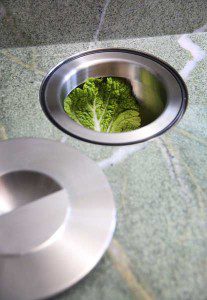
WaterSense fixtures are exceptionally common in kitchen faucets as well. “You can find almost any style or arrangement of faucet that will meet the WaterSense criteria,” says Laura. “If you recall, most of the towns these days require you to use WaterSense fixtures whenever possible, so the manufacturers have done a great job of giving you an amazing number of options and styles to choose from that still meet the water usage criteria.”
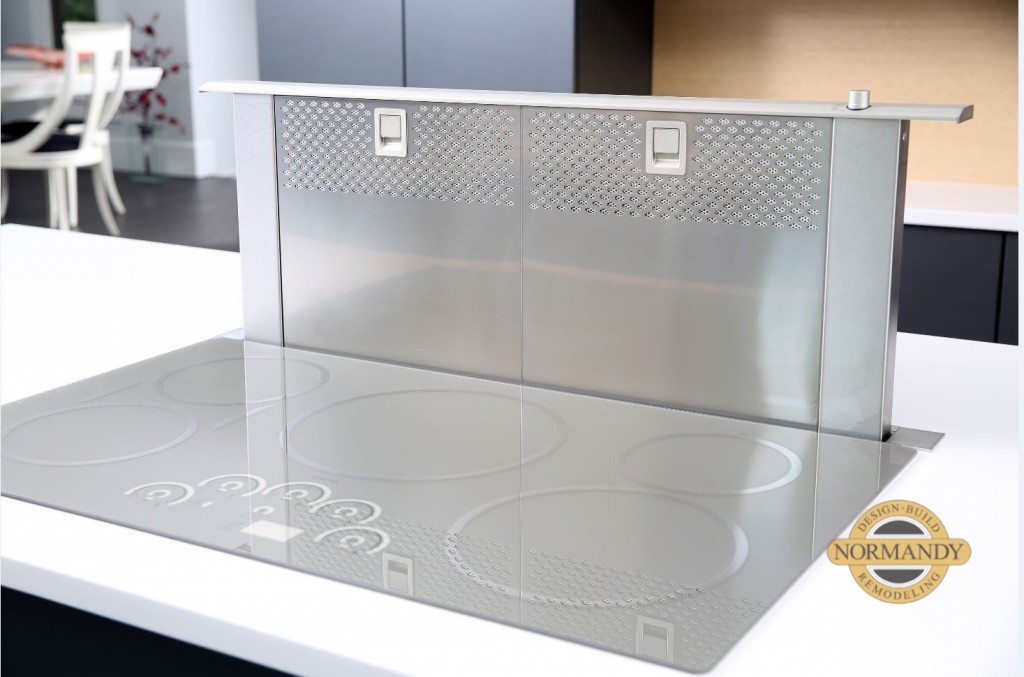
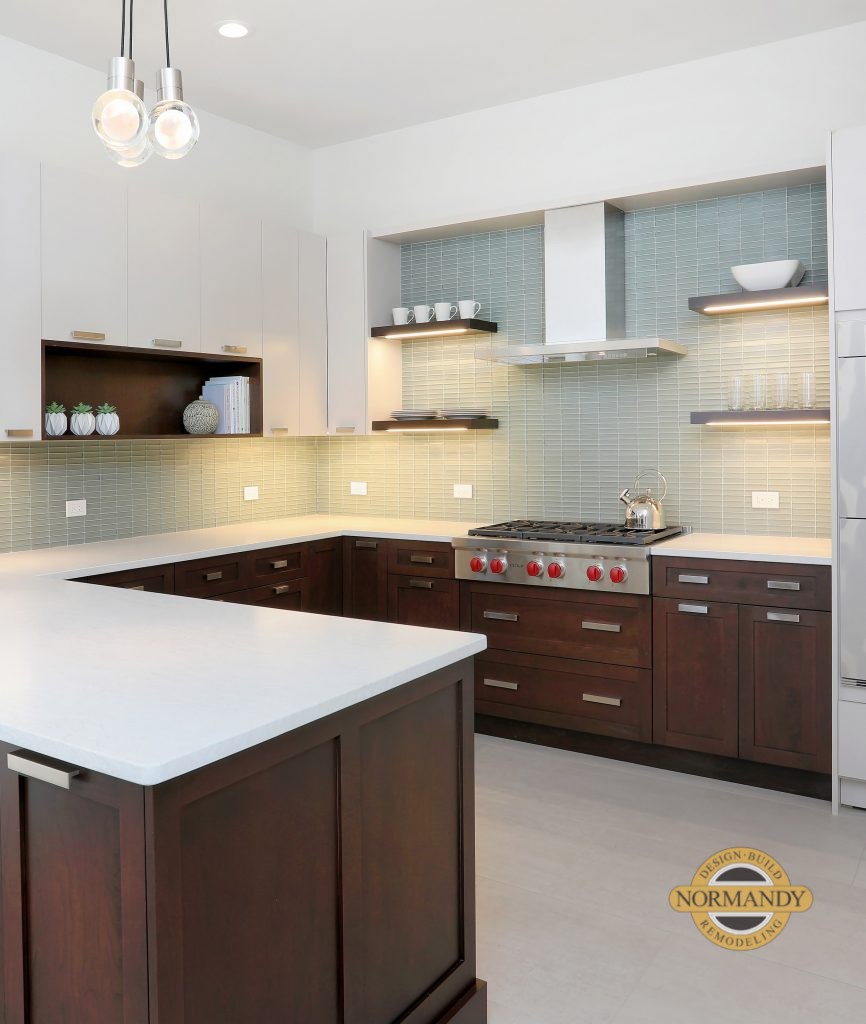
Outside of the kitchen and bath, some of the greatest advances are effectively unseen. “One of the best ways you can improve the energy efficiency of your home is by properly insulating it,” says Laura. “Remodeling is a great opportunity to increase the amount of insulation in your home since you’ll likely have the walls opened up for electrical and plumbing anyhow. To really improve your home’s energy efficiency, you may even want to increase the amount of insulation in your attic. Take advantage of the unique access to your walls and attic to make your home warmer in the winter and cooler in the summer.”

Integrating choices that are smart for the planet have never been easier, in fact many of these options are almost a given these days. Talk with Laura about some more of the unseen ways you can make your house more environmentally friendly when you remodel, or follow us on Facebook or Instagram to find even more tips for your home.
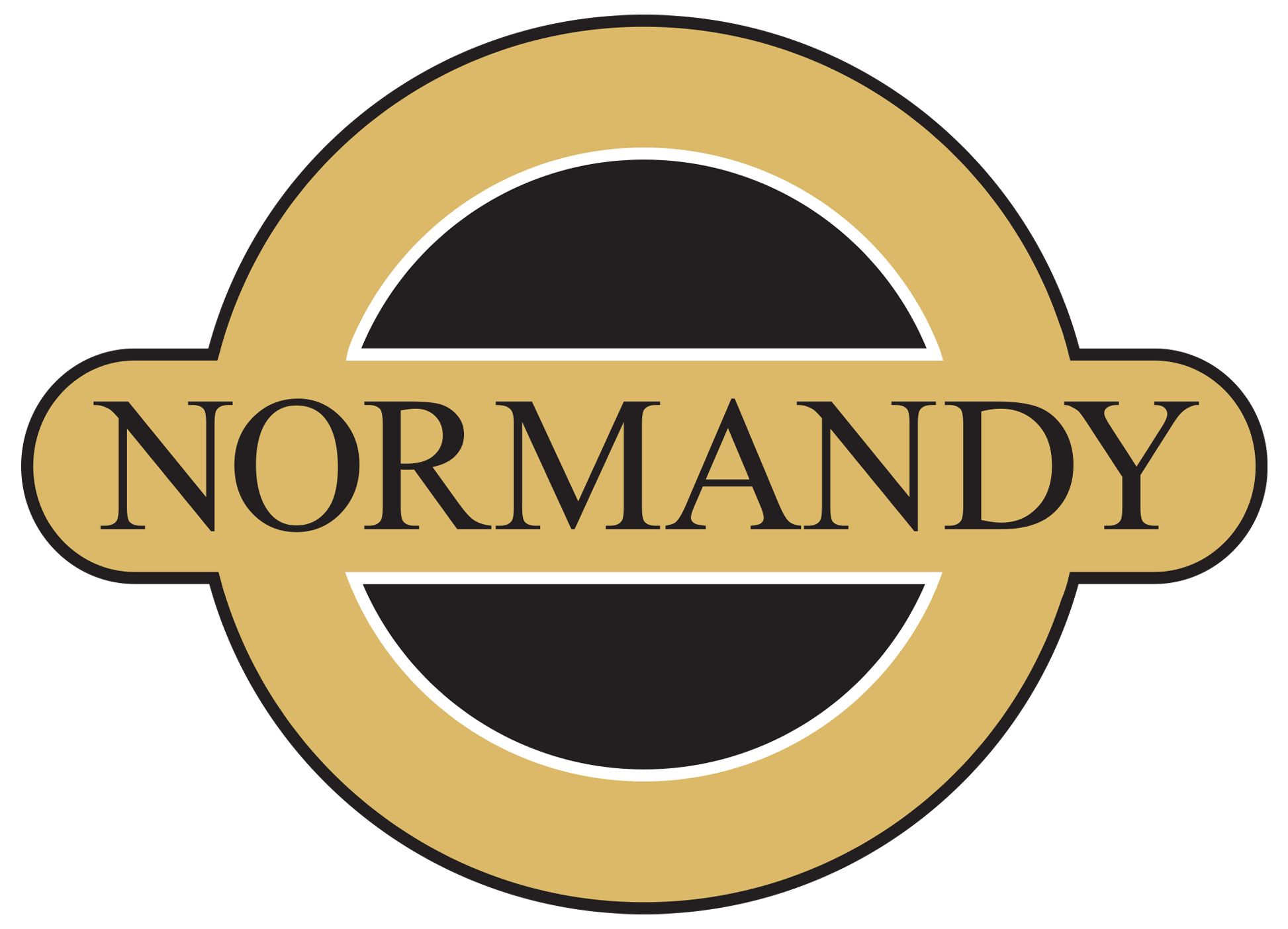



 If it feels like the clash of the titans when you and your spouse have conversations about remodeling plans, you’re not alone. Modern or traditional? Light face-lift or major overhaul? Dark wood or light paint? These discussions can get so heated, you may feel like the two of you have nothing in common when it comes to design, which makes the entire process seem hopeless.
If it feels like the clash of the titans when you and your spouse have conversations about remodeling plans, you’re not alone. Modern or traditional? Light face-lift or major overhaul? Dark wood or light paint? These discussions can get so heated, you may feel like the two of you have nothing in common when it comes to design, which makes the entire process seem hopeless.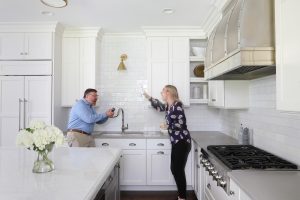 “Houzz also allows you to create shared ideabooks, making them the perfect way to join forces with your spouse and create a place where both of your ideas are represented,” Leslie states. “In order to create a shared ideabook, you simply enter your spouse’s email address associated with their account in your newly created book. Then, you check the edit box allowing them to freely add their ideas to the shared board.” You may also want to add a brief note in the comment section when adding a picture, to explain to your partner (and to remind yourself) exactly what you liked about a specific photo or idea.
“Houzz also allows you to create shared ideabooks, making them the perfect way to join forces with your spouse and create a place where both of your ideas are represented,” Leslie states. “In order to create a shared ideabook, you simply enter your spouse’s email address associated with their account in your newly created book. Then, you check the edit box allowing them to freely add their ideas to the shared board.” You may also want to add a brief note in the comment section when adding a picture, to explain to your partner (and to remind yourself) exactly what you liked about a specific photo or idea.